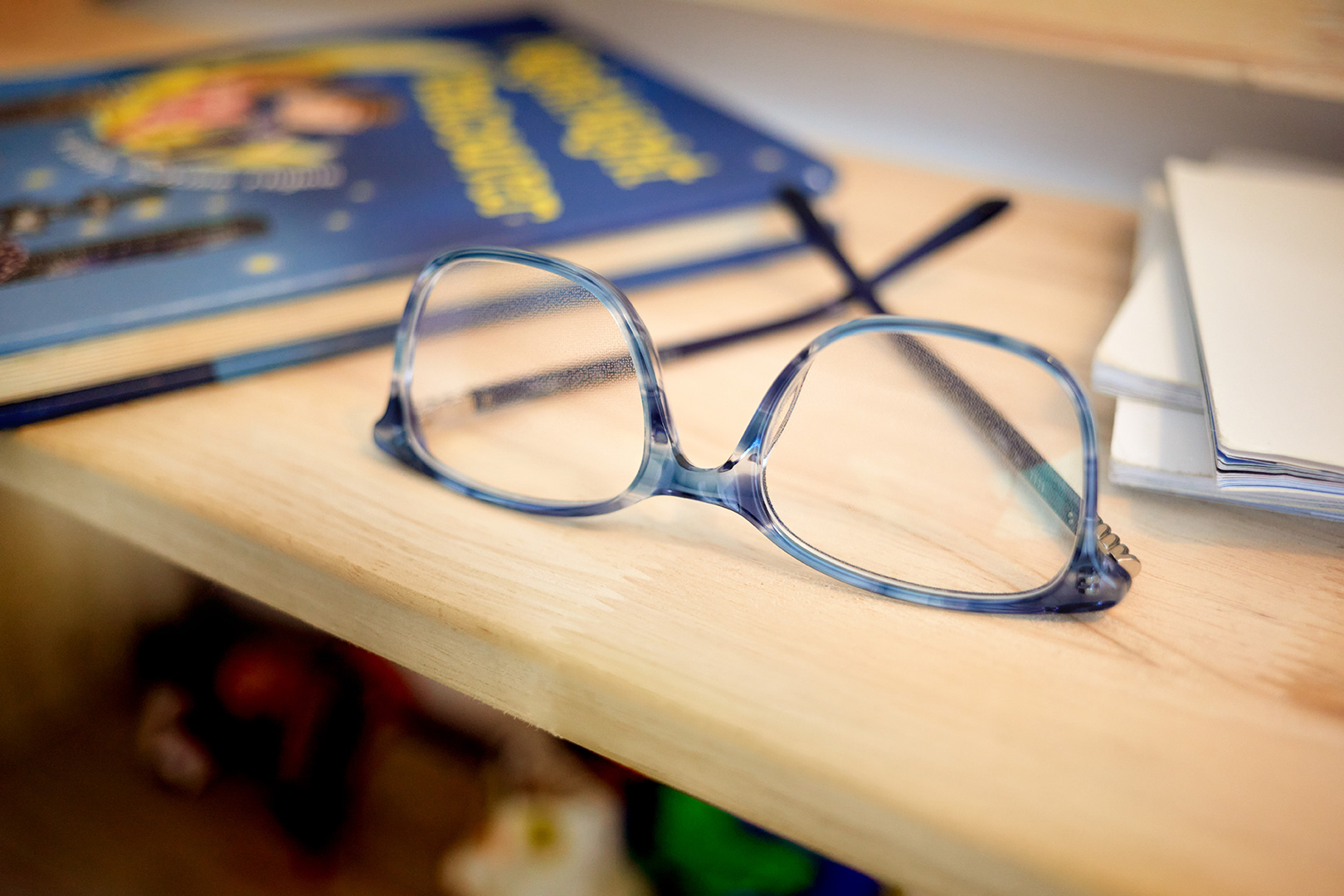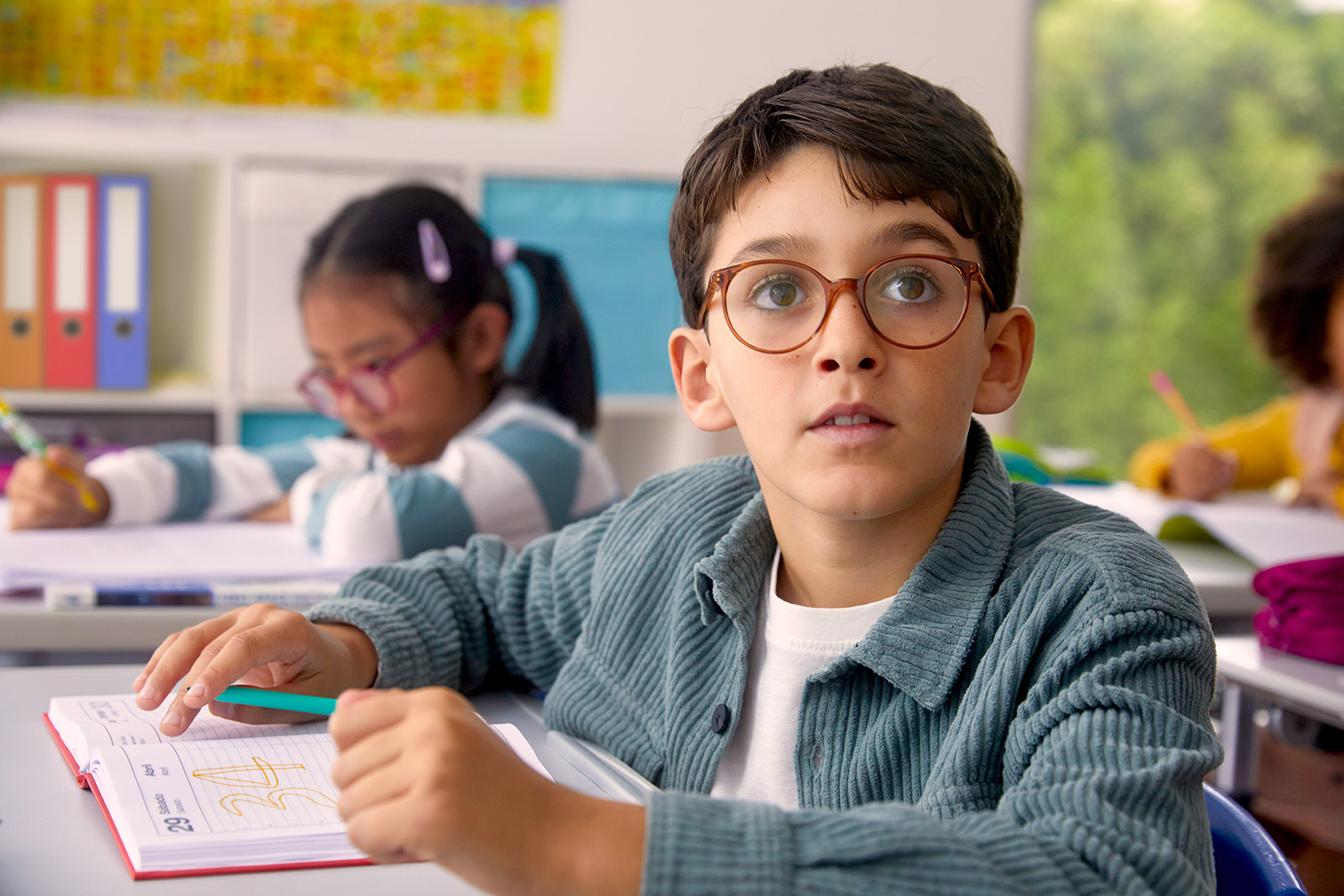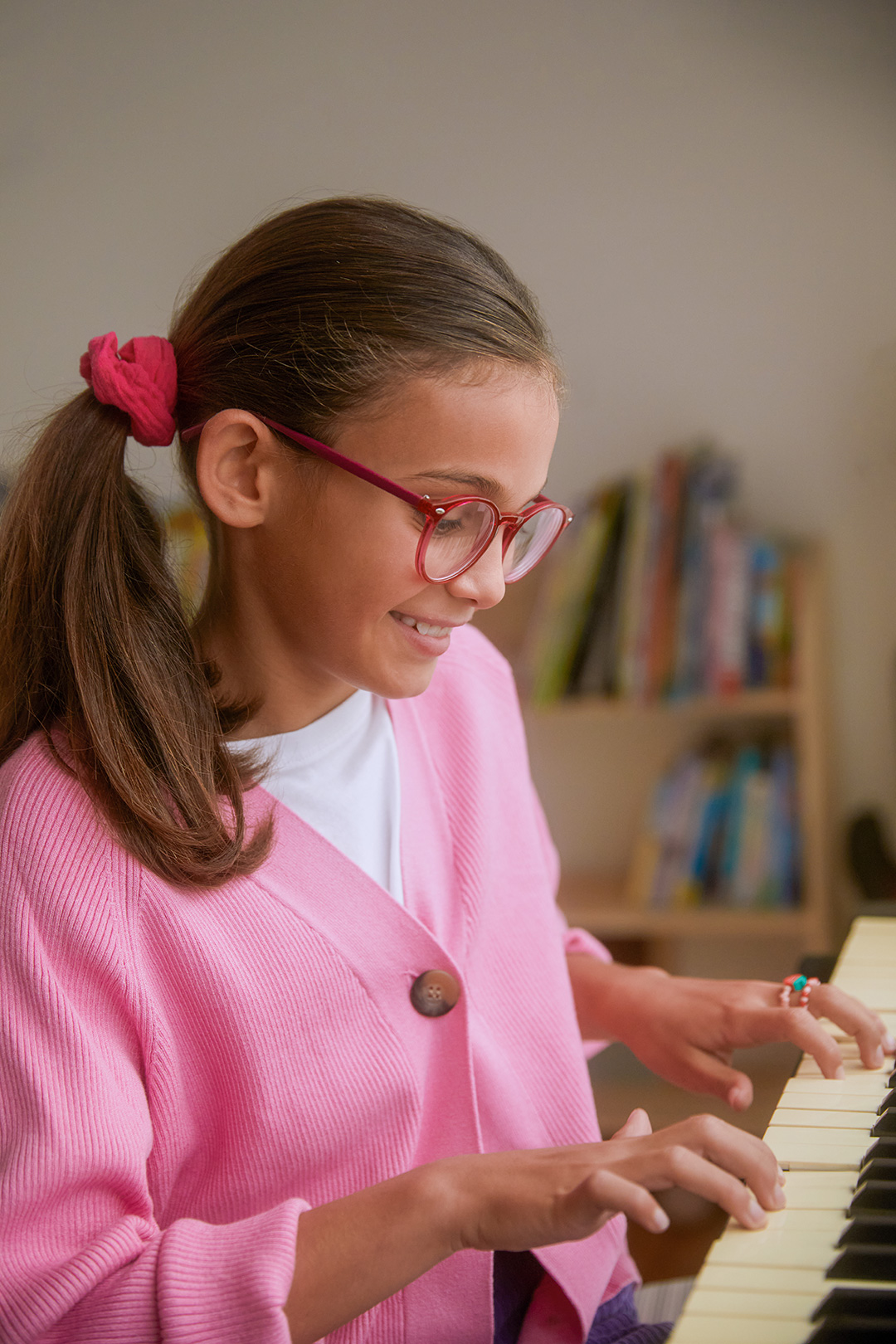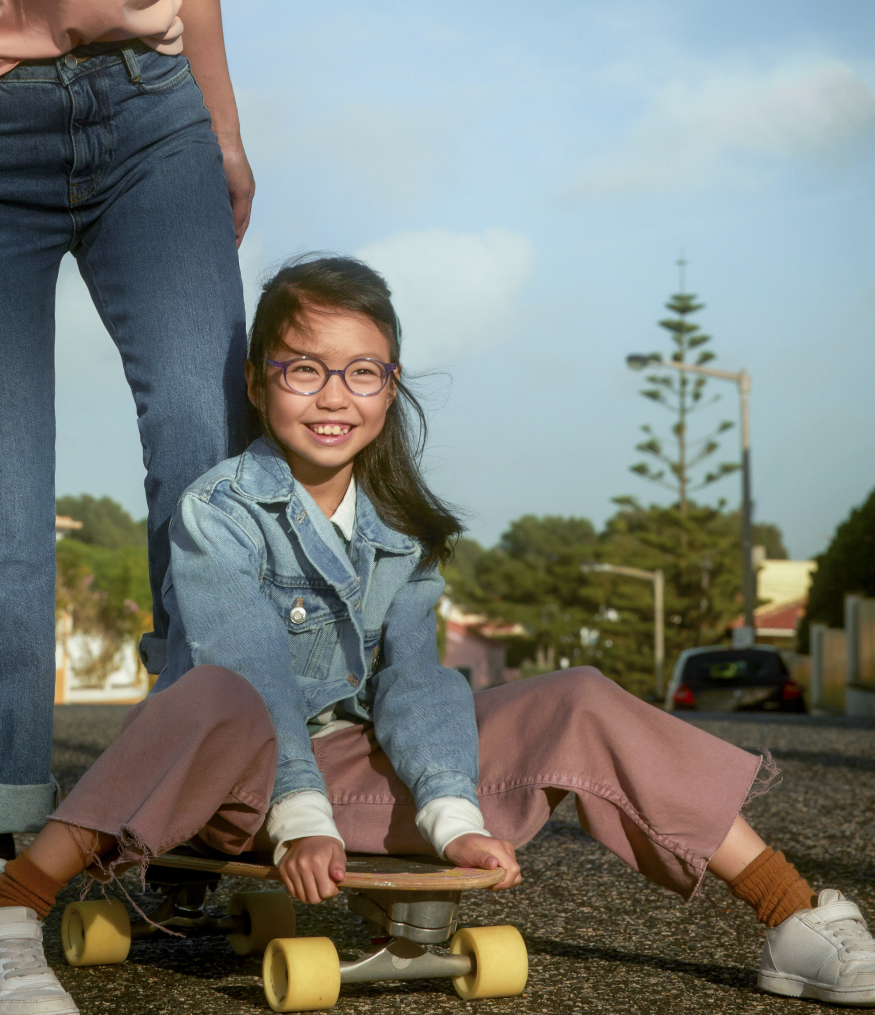
The prevention of eye disease in children – 4 top tips

The prevention of eye disease in children – 4 top tips
We know the health of your child’s eyes is bound to be your number one priority and you’re going to want to do everything you can to protect it. The good news is that while some eye diseases such as myopia can be hereditary, there is plenty you can do to slow its progression. Even better news is that some eye problem symptoms can be avoided entirely if you follow a few simple steps. We have put together a list of the top 4 ways to help prevent eye health problems developing in your child and slow the progression of existing conditions.
Encourage them to spend more time outside with their friends
Encouraging your child to play outside more often may help their short-sightedness progress less quickly. In fact, spending two hours a day outside, especially when your child is very young, may even delay the onset of myopia. A recent study found that time spent outdoors between the ages of three and nine greatly reduced the incidence of myopia once the children reached the ages of ten to fifteen.
Although the exact reasons for this are not yet fully understood it seems that being outside in the natural light appears to protect against myopia. It is thought to be a combination of the brightness of the light and looking at objects at long distances. It may also be in some way related to exposure to UV light on the eye and the retina.
Whatever the reason, playing outside with their friends has got to be a fun way to look after their eyes!
Protect eyes from the sun
According to the World Health Organization a significant part of your child’s exposure to UV is going to happen before they turn 18. But while we all know the importance of applying sunscreen to skin, eyes need to be protected too. UV damage increases the risk of sight-threatening conditions such as cataracts, age-related macular degeneration and even eye cancers later in life. Children are more at risk than adults as their pupils are bigger and their lenses let in 70% more UV. It is therefore really important to take steps to protect your child’s eyes from the sun from an early age. Especially as children love being outside when it’s sunny, and adore being in the pool or down by the shore, where light reflects off the water making exposure higher.
Wear sunglasses
Sunglasses that sit close to the eye and wrap around the head are the best option for your child as they provide most protection by blocking out more light. But make sure they carry a high level of UV protection. Low quality tinted lenses, without a UV filter, can do more damage than not wearing sunglasses at all, because they cause the pupil to dilate, letting in more light. A big floppy hat will also shade your child’s eyes, although we know it might not always be easy to keep it on them!
Avoid the water when the sun is at its strongest
If your child is a water baby try to take them to the pool or seaside when UV radiation is least strong – the early morning or late afternoon – and limit their time in the water where it’s unlikely that sunglasses or a hat are going to stay on.
Make sure regular lenses have a UV filter
Remember that the sun can cause damage all year round so if your child wears glasses make sure the lenses have a UV filter.
Encourage safer screen use
We know digital devices are an integral part of every child’s life these days but prolonged near vision activity may increase the onset of myopia. Try and encourage safer screen use in your child to reduce the risk. Some of it can even be fun!
Keep screens 18 to 24 inches from eyes
Encourage your child to keep an elbow-to-wrist distance between their devices and their eyes. You can help them do this by demonstrating how to do it yourself and getting them to copy you. First make a fist and then sit it gently against your eyes. The distance from eye to elbow is the distance your child should aim to view objects from.
Follow the 20 – 20 – 20 rule
It’s also a good idea to encourage your child to take regular breaks and glance up from the screen from time to time. The 20/20/20 rule is a good one to get them to follow. It’s very simple – every 20 minutes your child should look at a distance of 20 meters for 20 seconds. You could even set an alarm to remind them to do this. Following the 20/20/20 rule allows the eye muscles that turn in when reading to relax. It is strain and fatigue of these muscles that is thought to be one of the factors related to myopia progression.
Limit screen use before bedtime
Try and make sure all digital devices are put away at least an hour before bedtime as the blue light screens emit can adversely affect natural sleep cycles and lack of sleep has been linked to the progression of myopia in some studies. Perhaps you could turn that hour into family time and read a story together instead!
Schedule regular eye exams
The best thing you can do for your child’s eye health is to schedule regular eye exams with their eye care practitioner.
See your eye care professional if any unusual symptoms develop
If your child exhibits any eye problem symptoms then visit your eyecare professional as soon as possible so they can get to the root of the problem before it gets any worse.
Have an annual check up
A regular check up can discover undetected problems so that treatment can begin as soon as possible. It’s also an opportunity to check if your child’s equipment is up to date. If your child is diagnosed with myopia there are now options available that can slow the progression of the disease. SightGlass Vision’s Diffusion Optics Technology™ (DOT) lenses use a new and unique technology which can potentially control axial elongation (the scientific term for the elongation of the eyeball) and has demonstrated effectiveness in children as young as six years old (1).
Conclusion
These are some of the main ways you can help prevent eye disease developing, or slow its progression. If your child has myopia and you would like to know more about our DOT lenses, contact us:
—
(1) Joe Rappon, Carol Chung, Graeme Young, Christopher Hunt, Jay Neitz, Maureen Neitz, Thomas Chalberg: Control of myopia using diffusion optics spectacle lenses: 12-month results of a randomised controlled, efficacy and safety study (CYPRESS)

